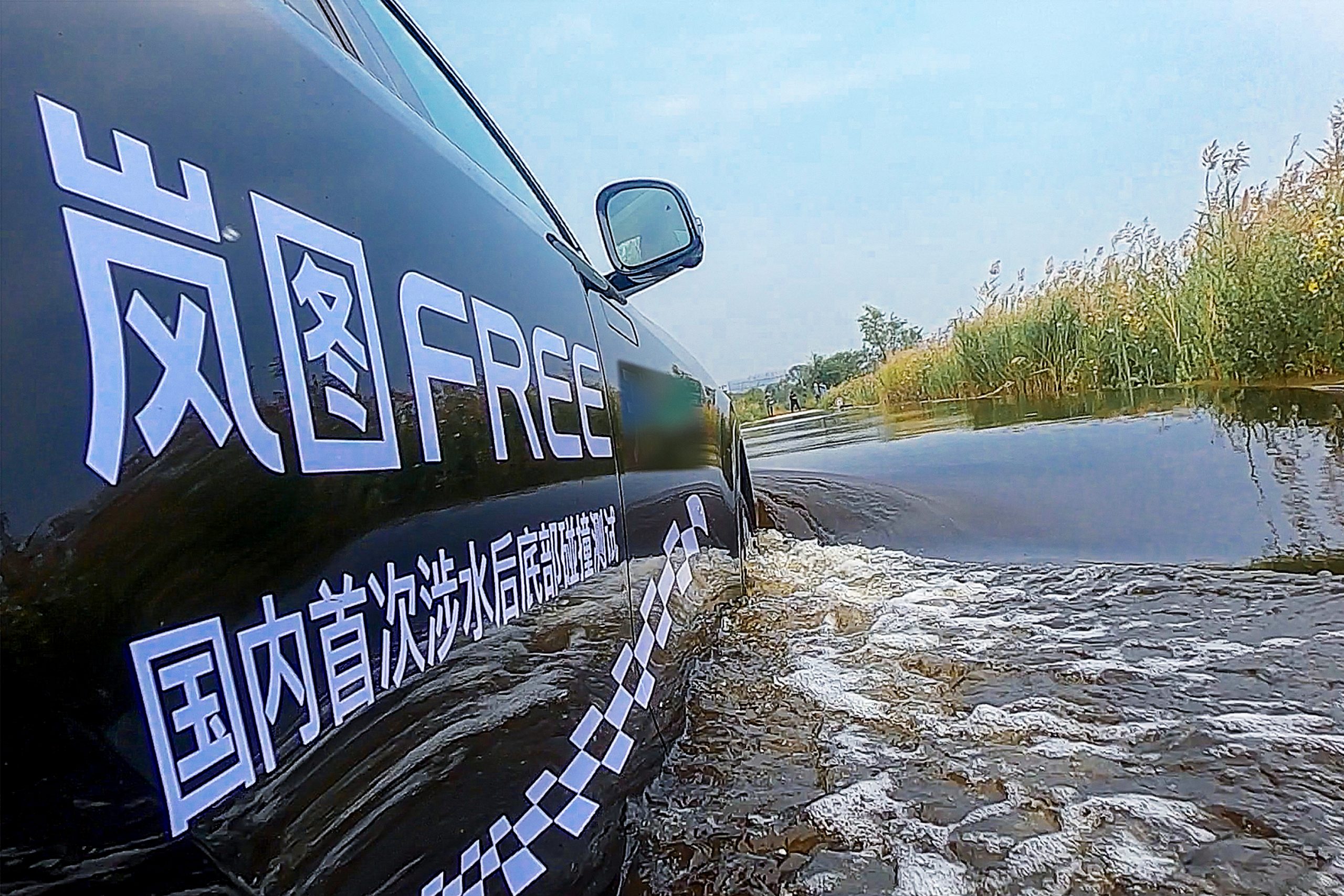On September 26th, Voyah conducted a battery pack bottom collision test at the China Automotive Technology and Research Center in Tianjin.
This test was conducted to simulate whether there would be any safety hazards when the battery is collided after being submerged in heavy rain.
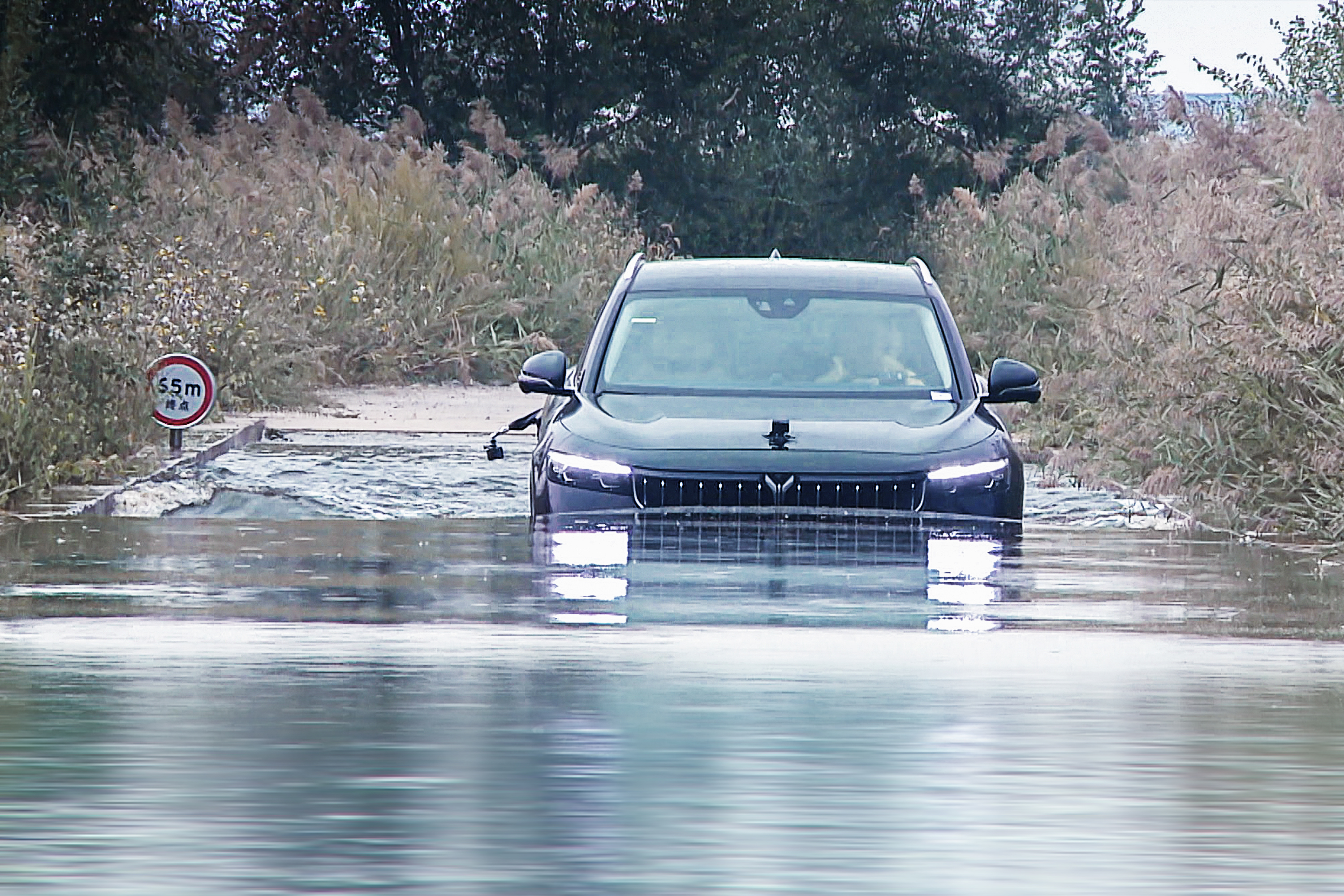
This experiment tested both the extended range and pure electric versions of the Voyah FREE. The test immersed the vehicle in water with a depth of 600mm, which is almost as high as an adult’s kneeling position. After that, the car collided with an obstacle that was 210mm high at a speed of 30 km/h. For reference, the height of road bumps in the Beijing area is usually around 150mm. At this height, the vehicle’s battery pack would directly touch the obstacle.
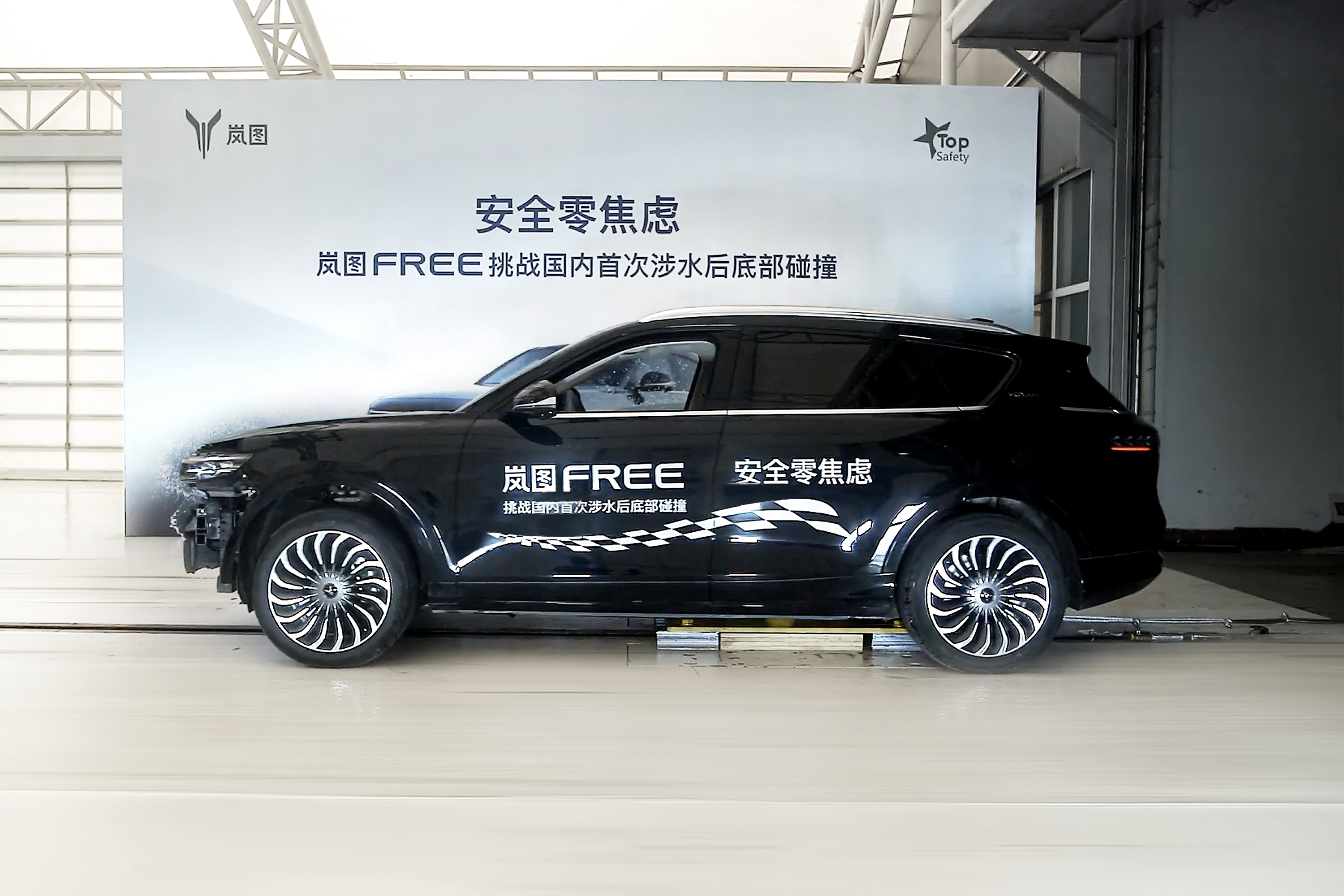
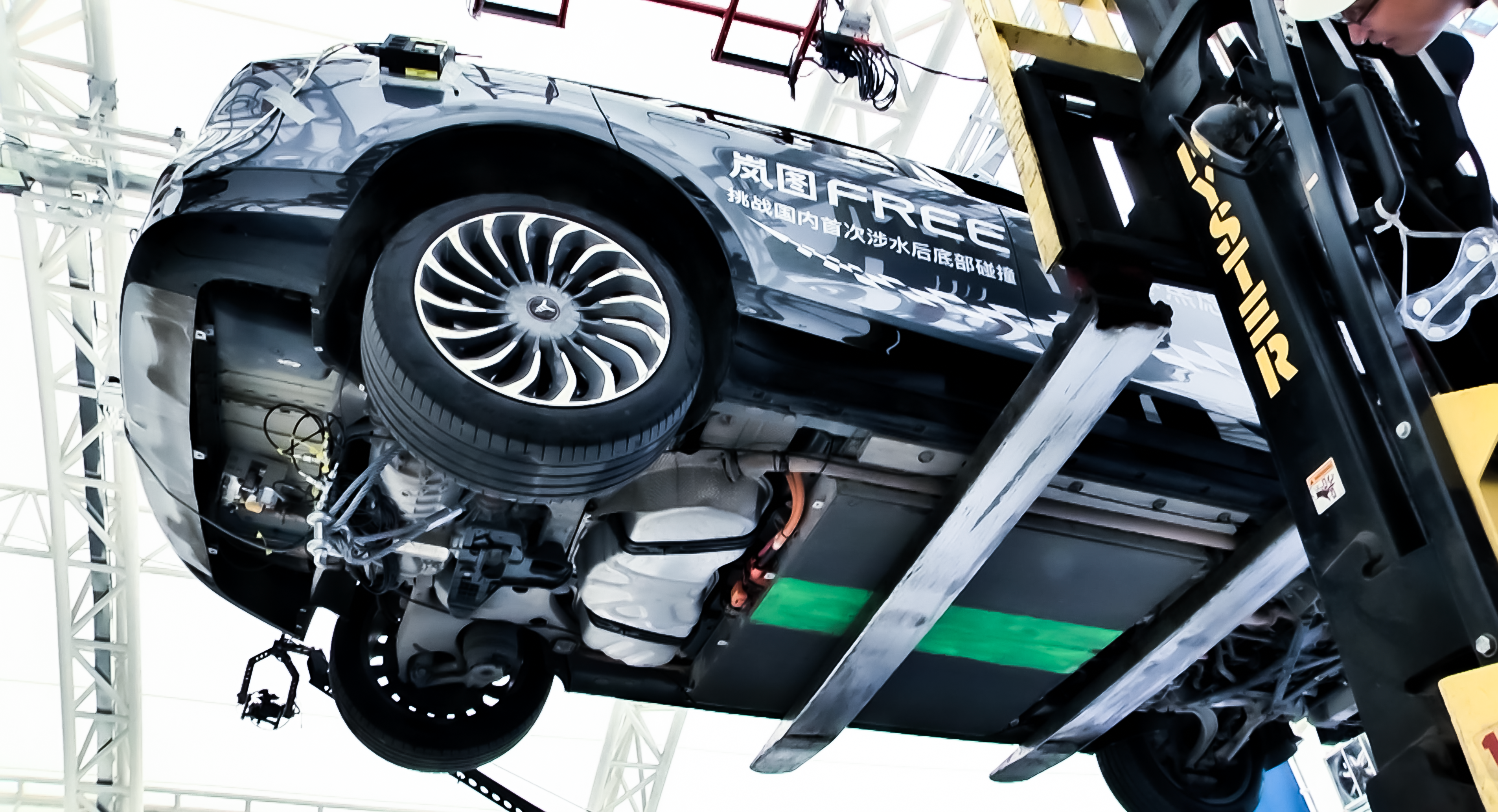 After the collision, China Automotive Research Institute Co., Ltd. conducted inspections on the safety performance of the battery packs. Liu Lei, the director of its collision test room, stated that “the battery packs of both vehicles did not smoke, catch fire, explode, or enter water, and there was no electrolyte leakage, meeting the safety requirements for electric vehicles.”
After the collision, China Automotive Research Institute Co., Ltd. conducted inspections on the safety performance of the battery packs. Liu Lei, the director of its collision test room, stated that “the battery packs of both vehicles did not smoke, catch fire, explode, or enter water, and there was no electrolyte leakage, meeting the safety requirements for electric vehicles.”
As I have written in an article about the battery safety of the Voyah models before, it can be seen that a lot of technological investment has been made in the battery safety technology of the Voyah FREE models, and the effects have been seen through tests. Just as Dr. Lu Fang, CEO of Voyah Motors, said, “safety has always been the first criterion for Voyah’s car manufacturing, and for electric vehicles, battery safety is true safety.”
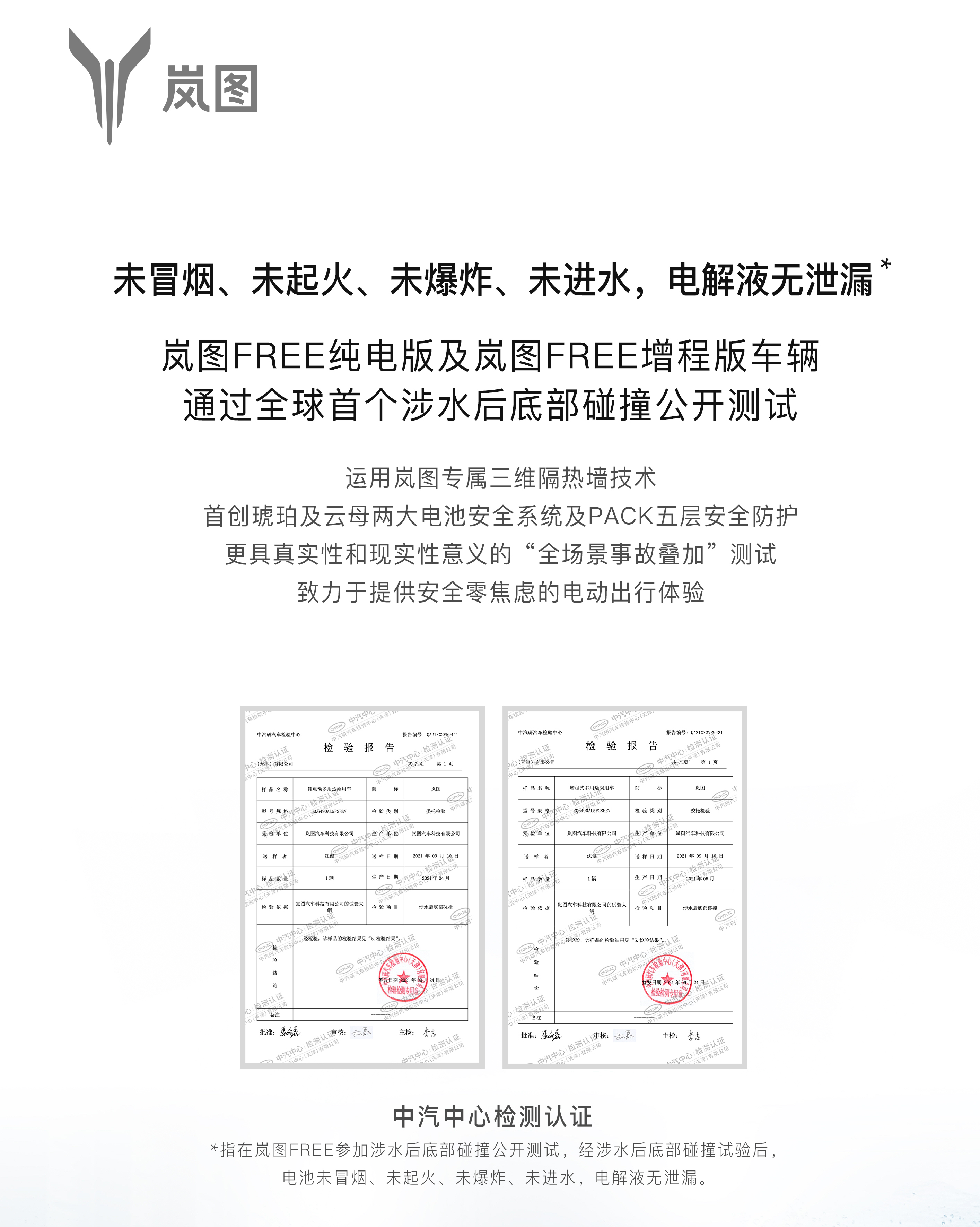
Source: Voyah official website
This article is a translation by ChatGPT of a Chinese report from 42HOW. If you have any questions about it, please email bd@42how.com.
